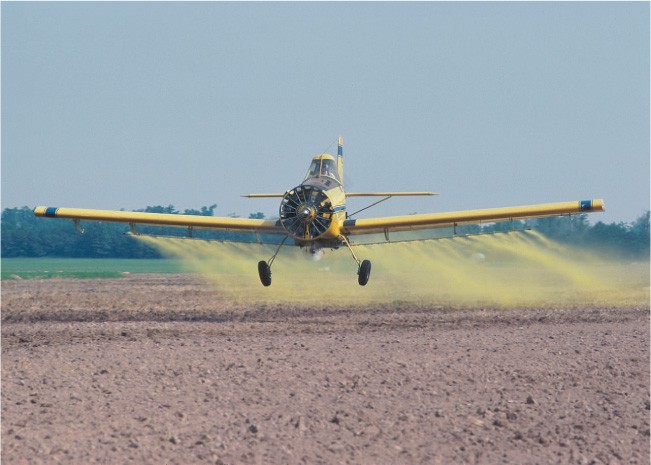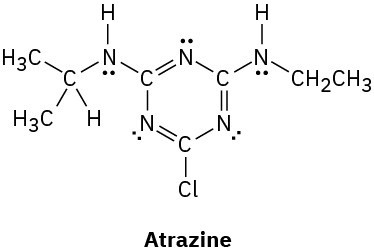Chemistry Matters — Organic Foods: Risk versus Benefit
Contrary to what you may hear in supermarkets or on television, all foods are organic— that is, complex mixtures of organic molecules. Even so, when applied to food, the word organic has come to mean an absence of synthetic chemicals, typically pesticides, antibiotics, and preservatives. How concerned should we be about traces of pesticides in the food we eat? Or toxins in the water we drink? Or pollutants in the air we breathe?
Life is not risk-free—we all take many risks each day without even thinking about it. We decide to ride a bike rather than drive, even though there is a ten times greater likelihood per mile of dying in a bicycling accident than in a car. We decide to walk down stairs rather than take an elevator, even though 32,000 people die from falls each year in the United States. Some of us decide to smoke cigarettes, even though it increases our chance of getting cancer by 50%. But what about risks from chemicals like pesticides?

Figure 1.20 How dangerous is the pesticide being sprayed on this crop? (credit: “NRCSAR83001(265)” by USDA Natural Resources Conservation Service/Wikimedia Commons, Public Domain)
One thing is certain: without pesticides, whether they target weeds (herbicides), insects (insecticides), or molds and fungi (fungicides), crop production would drop significantly, food prices would increase, and famines would occur in less developed parts of the world. Take the herbicide atrazine, for instance. In the United States alone, approximately 100 million pounds of atrazine are used each year to kill weeds in corn, sorghum, and sugarcane fields, greatly improving the yields of these crops. Nevertheless, the use of atrazine continues to be a concern because traces persist in the environment. Indeed, heavy atrazine exposure can pose health risks to humans and some animals. Because of these risks, the United States Environmental Protection Agency (EPA) has decided not to ban its use because doing so would result in lower crop yields and increased food costs, and because there is no suitable alternative herbicide available.

How can the potential hazards from a chemical like atrazine be determined? Risk evaluation of chemicals is carried out by exposing test animals, usually mice or rats, to the chemical and then monitoring the animals for signs of harm. To limit the expense and time needed, the amounts administered are typically hundreds or thousands of times greater than those a person might normally encounter. The results obtained in animal tests are then distilled into a single number called an LD50, the amount of substance per kilogram of body weight that is a lethal dose for 50% of the test animals. For atrazine, the LD50 value is between 1 and 4 g/kg depending on the animal species. Aspirin, for comparison, has an LD50 of 1.1 g/kg, and ethanol (ethyl alcohol) has an LD50 of 10.6 g/kg.
Table 1.4 lists the LD50 for some other familiar substances. The lower the value, the more toxic the substance. Note, though, that LD50 values only pertain to the effects of heavy exposure for a relatively short time. They say nothing about the risks of long-term exposure, such as whether the substance can cause cancer or interfere with development in the unborn.
Table 1.4 Some LD50 Values
|
LD50 (g/kg) |
Substance |
LD50 (g/kg) |
|
|
Strychnine |
0.005 |
Chloroform |
1.2 |
|
Arsenic trioxide |
0.015 |
Iron(II) sulfate |
1.5 |
|
DDT |
0.115 |
Ethyl alcohol |
10.6 |
|
Aspirin |
1.1 |
Sodium cyclamate |
17 |
So, should we still use atrazine? All decisions involve tradeoffs, and the answer is rarely obvious. Does the benefit of increased food production outweigh possible health risks of a pesticide? Do the beneficial effects of a new drug outweigh a potentially dangerous side effect in a small number of users? Different people will have different opinions, but an honest evaluation of facts is surely the best way to start. As of June 2022, atrazine was still approved for continued use in the United States because the EPA believes that the benefits of increased food production outweigh possible health risks. At the same time, atrazine is little used, though not banned, in the European Union.

